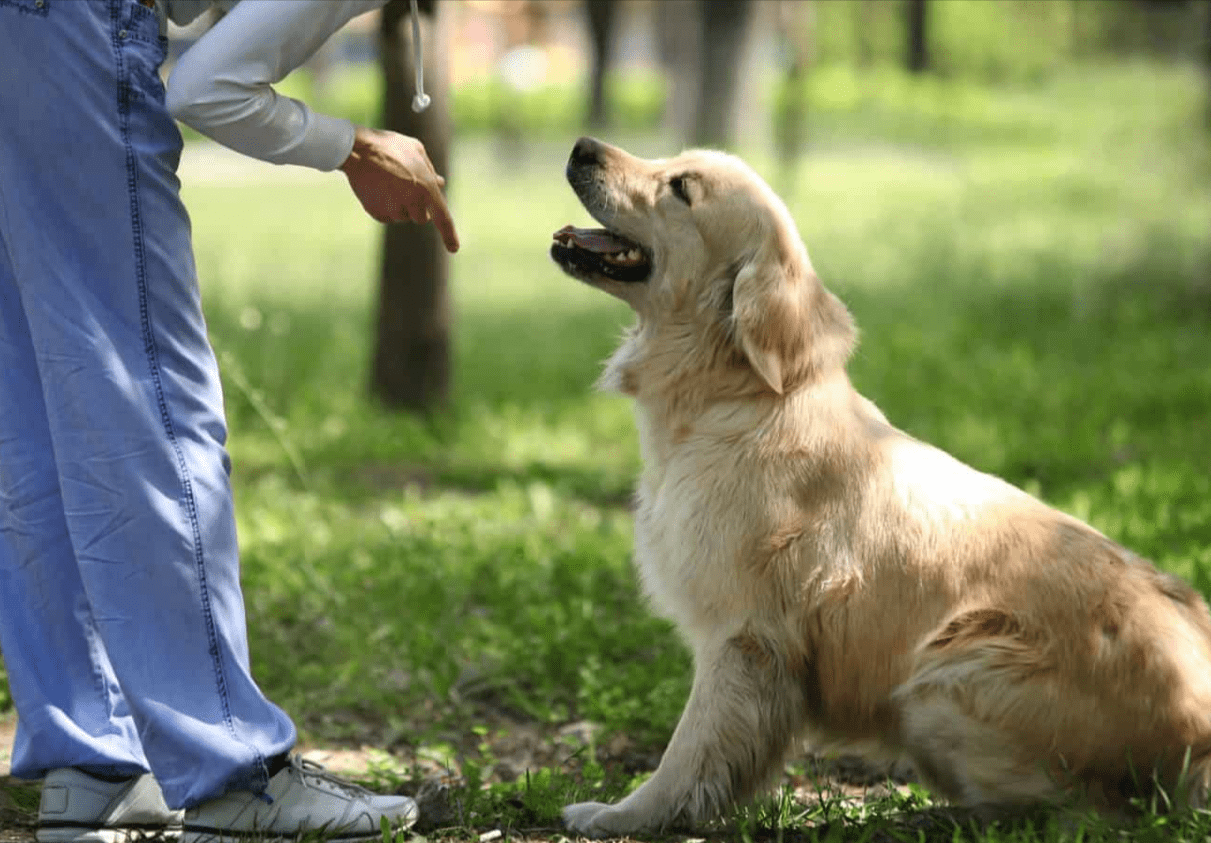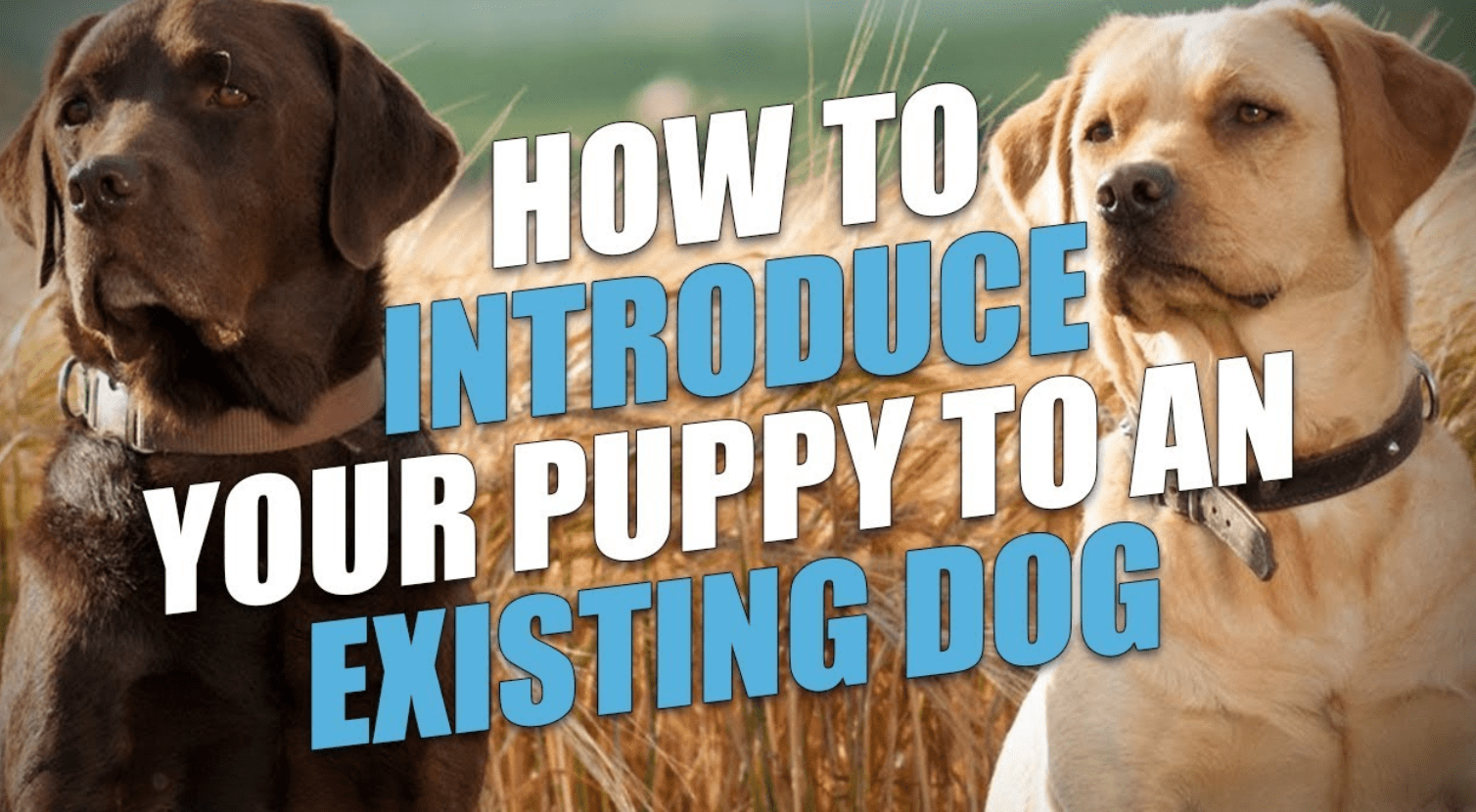How to Socialize Your Dog?: When we envision pet parenting, we often imagine the perfect scenario: strolling happily through the park with our well-socialized dog, pausing to chat with friends and their well-behaved pets, and then heading to the dog park where our furry friend can frolic with a lively group of other dogs. Picture a serene park bench where pet parents relax, sip fancy coffee, and discuss the lovely autumn weather.
However, reality often falls short of our ideal vision. Socializing a puppy or dog frequently turns out to be less glamorous than anticipated, often involving plenty of sniffing and awkward encounters. Anyone who has tried to socialize a dog or puppy understands that it requires significant time and effort to help your pet become at ease with new people, environments, and especially other dogs. The following post provides some useful tips to guide you through the puppy and dog socialization process.
Advantages of Socializing Your Dog
Socializing puppies and dogs is a crucial task for pet owners. The ultimate aim is to have a well-adjusted dog that can confidently accompany you to various places and interact with other pets and people without any issues.
For one, it helps avoid those uncomfortable situations when you’re out with your dog. When your pet is at ease in new surroundings and with unfamiliar people and other dogs, you won’t be the one with the dog that incessantly barks and wraps the leash around your legs out of nervousness.
A well-socialized dog helps you avoid creating a commotion and prevents you from experiencing any embarrassment.
What to Remember When Socializing Your Pup?
Just as with any new experience involving your dog, it’s important to manage what you can and minimize unexpected situations. Before beginning the socialization process with your puppy or dog, there are several key factors to keep in mind to enhance the likelihood of successful socialization. These considerations include:
Health – Ensure that your dog is current on all vaccinations. If your pet has been unwell recently, it’s best to postpone introducing them to unfamiliar dogs. Additionally, steer clear of interactions with dogs that have recently been sick or injured.
Safety – As you begin socializing your dog, aim for positive experiences with various people and other dogs. Arrange meetings with friendly dogs or ones you already know to ensure smoother interactions. Opting for predictable encounters helps minimize the risk of aggressive behaviors and potential injuries, such as scratches or bites.
Places – Ensure that your dog doesn’t become overwhelmed during socialization. Environments with excessive activity, noise, smells, and movement can be too stimulating for your pup. Initially, steer clear of busy events like parades, fairs, or outdoor concerts where there’s a lot happening. To foster positive socialization, focus on less chaotic settings to avoid sensory overload, which can hinder the process.
The dog park – Visiting the dog park, where your dog can frolic with other dogs, should be a goal to work towards. Dog parks are ideal for dogs who have already been socialized and understand how to interact with other canines. While it’s not necessary to avoid dog parks during the socialization process, immersing your dog in the busy and sometimes chaotic environment is best left for later on, after they have become more accustomed to social interactions.
The Impact of Age on Dog Socialization
Socializing your dog requires dedicated effort and consistent practice, with several factors to keep in mind. One crucial aspect to consider is the age of your dog, as it can significantly influence the socialization process.
Regardless of whether you bring home a puppy or an adult dog, socialization is a key component of their adjustment. However, the approach to socialization will vary based on the dog’s stage of development.
Puppies
Puppies are highly impressionable during their first 4-5 months of life. This critical developmental stage has a significant influence on their future behavior. It’s the perfect time to expose your puppy to a range of experiences, including meeting new people, exploring different environments, and interacting with various dogs.
After your puppy has completed their vaccinations, consider these enjoyable socialization activities:
Put on your walking shoes and take your furry friend around town for stimulating experiences, such as exploring new scents and environments. Additionally, walking provides excellent exercise for both you and your dog!
Sign up for puppy kindergarten to allow your pup to have structured social interactions with peers of a similar age and to socialize through play. For busy pet parents, doggy daycare is another excellent option for helping your puppy become more social.
Don’t shy away from some noise; expose your pup to a range of household sounds, such as the vacuum cleaner, lawn mower, hair dryer, and dishwasher. These sensory experiences will help your dog become accustomed to unfamiliar and often loud sounds, making them less likely to be startled by unexpected noises.
Adopt a social approach by introducing your puppy to a wide variety of dogs and people. The more diverse interactions they have, the better they will adjust to new experiences and become comfortable around others.
Adult Dogs
Socializing adult dogs often requires a different strategy compared to puppies. Older dogs have developed their personalities and accumulated various life experiences, which could include both positive and negative encounters. Additionally, if you adopt an adult dog, you may not have a complete understanding of their past experiences or background.
Socializing an adult dog might take more time compared to a younger puppy, but it can be a fulfilling journey for both you and your pet. Here are some tips to help with socializing your adult dog:
Consider enrolling your dog in a socialization class where they can interact with other dogs in a controlled and less stressful setting. These classes provide a structured environment that helps your dog become comfortable around both new dogs and people. This is a great preparatory step before taking them to a dog park, where the environment can be more chaotic.
Watch other dogs at the park from outside the enclosed area instead of entering it. Observing how other dogs interact, without direct participation, can be valuable for your dog. The physical barrier, such as a fence, helps create a controlled environment where your dog is not pressured to interact with unfamiliar dogs.
Reward your dog for positive interactions, such as staying calm around new dogs or showing no fear of people. Aim to foster a positive association with social behaviors. For instance, if you’re at the dog park and another dog comes near, offer praise and treats if your dog remains composed and does not react negatively.
Avoid overwhelming your dog with too many meet-and-greets or play dates. Introduce one new person per week and provide positive reinforcement for each encounter. The same approach applies to meeting new dogs. Individual meetings help minimize stress, and a pleasant walk with adequate space between dogs can create a favorable environment for socialization.
Socializing Your Dog Takes Time, but It’s Worth the Effort
Investing time in socializing your dog often brings great rewards. By working on socialization, you decrease the chances of aggressive or fearful behavior, helping your dog lead a more relaxed and enjoyable life.
While you might not achieve the ideal scenario described at the start, dedicating time and effort to socializing your dog will help them acquire the skills needed to comfortably interact with new people and other dogs.




